A firm gravel base is necessary to prevent cracking and moving when pouring concrete for a walkway or patio. Gravel is especially significant in clay soil because it does not drain effectively, causing water to collect under the concrete slab and gradually degrading the soil as it drains.
Water might drain into the earth beneath the gravel. On the other hand, the gravel does not shift beneath the concrete when packed tightly. A hand tamper is sufficient when packing gravel, but a plate compactor makes the process much easier, especially when preparing a large area like a patio.
Table of Contents
Why Is It Important To Add Gravel Under Concrete?
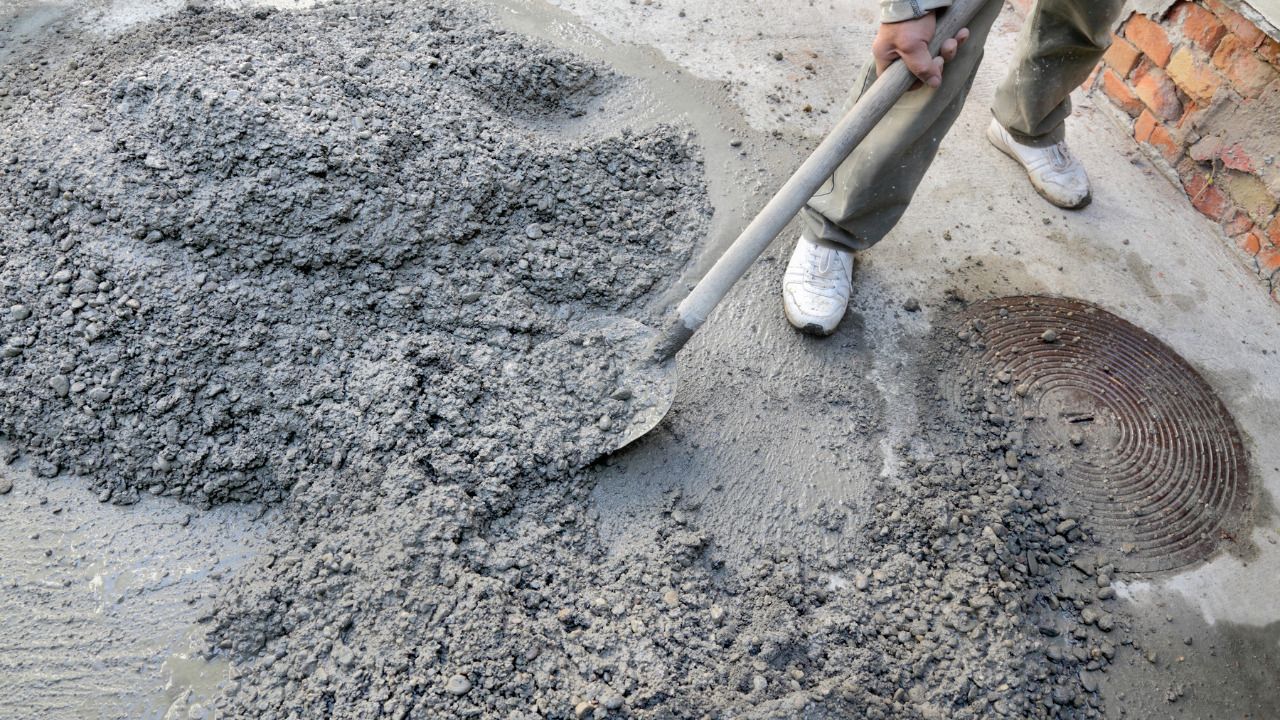
Water might drain into the earth beneath the gravel. On the other hand, the gravel does not shift beneath the concrete when packed tightly. A hand tamper is sufficient when packing gravel, but a plate compactor makes the process much easier, especially when preparing a large area like a patio.
A Firm Foundation
Gravel, often crushed stone, gives your concrete slab a solid foundation. Weather fluctuations can cause even the most solid, compacted earth to shift considerably, compromising your slab and causing fissures. It’s vital to remember that not all gravel is created equal.
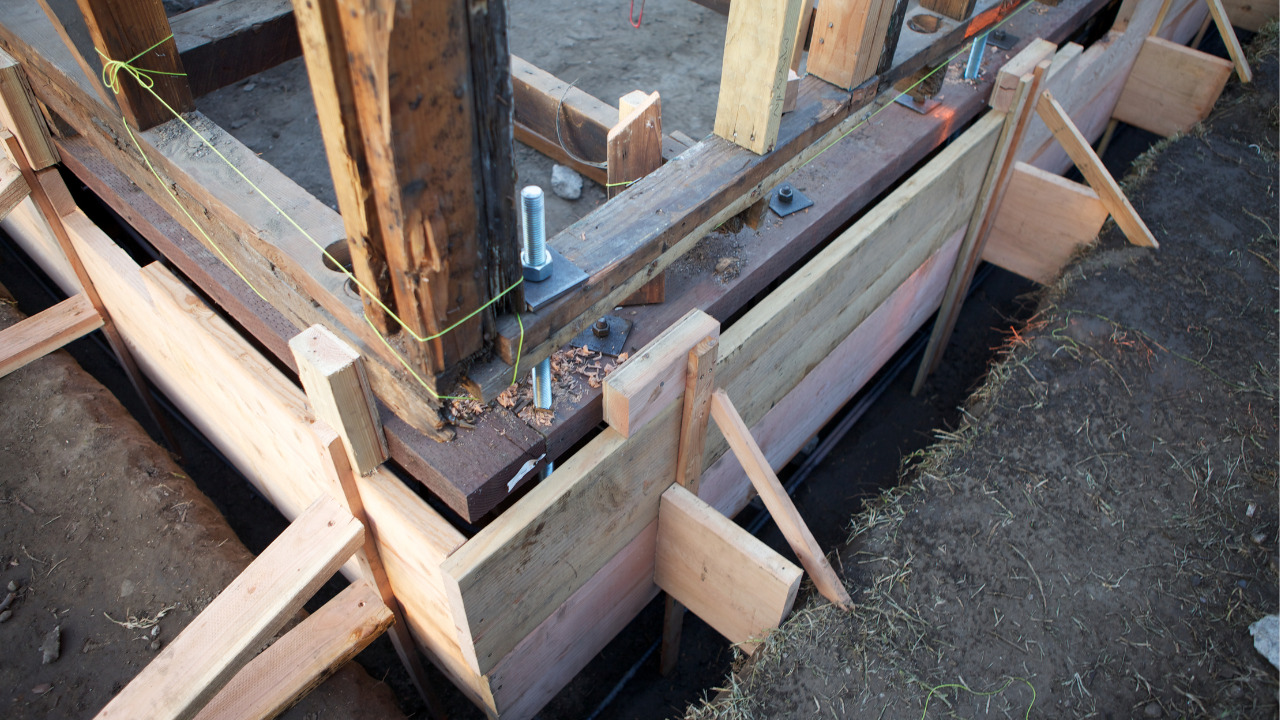
Numerous sizes of bulk gravel are crushed to particular sizes for certain tasks. Compacting gravel is possible. This helps you create a level surface.
Using a flat surface, you can figure out how much concrete you’ll need. But drainage is the most significant benefit. Water seeping beneath a slab can erode the soil, resulting in gaps between the earth and the slab.
Appropriate Drainage

Those voids lead to cracks in your concrete slab, making it unstable. Water may escape and travel into the ground without accumulating because of the compacted gravel.
Concrete is a porous material that absorbs whatever moisture it comes into touch. This may result in pooling. Pooling water will settle beneath your slab without breaking the stone or eroding it.
A layer of crushed stone on top of your slab will provide correct drainage and a barrier between your slab and the earth. Consider adding a vapor barrier for extra protection.
Fill The Cracks
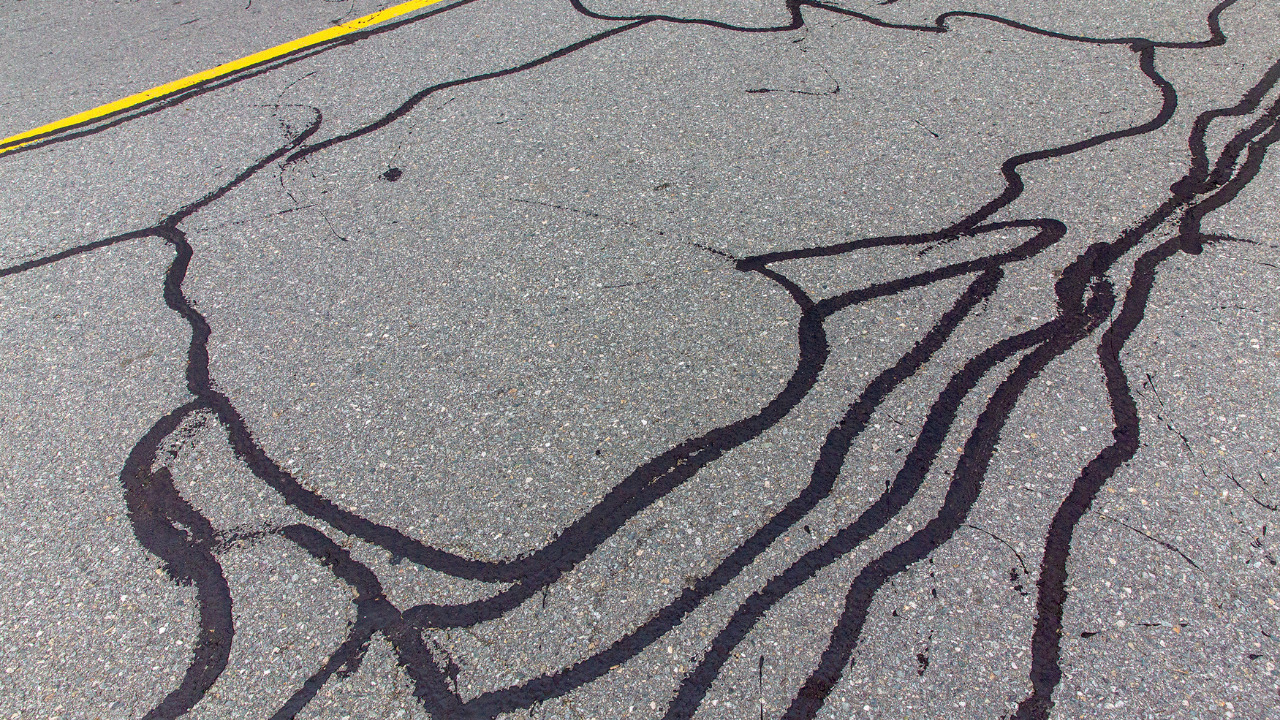
Concrete will crack if left alone for a long time. This fault can cause unevenness. While this is usually caused by ground movement and shifting, a coating of crushed stone will considerably lessen the odds of this happening and extend the structure’s life.
Is It Good To Pour Concrete Over Dirt?

Concrete can be poured on top of the soil. If your soil is extremely compact, such as solid clay, you may have ground to sustain a slab over time. Water accumulating beneath the slab and moving up into the slab is a significant risk of pouring directly onto the ground.
A vapor barrier between the slab and the dirt can help alleviate this problem. If your slab is on top of dirt and there is no gravel to drain the area effectively, you may still suffer dampness in the slab. If moisture does get into your floor, it won’t be a major issue.
Pouring concrete directly on the ground saves time and money, but your slab is much more prone to crack as the earth shifts. Even if you live in a warm area, the earth’s change from warm to cool or dry to wet is enough to induce slab fractures.
Steps To Pour Graven Under Concrete
Grade The Soil
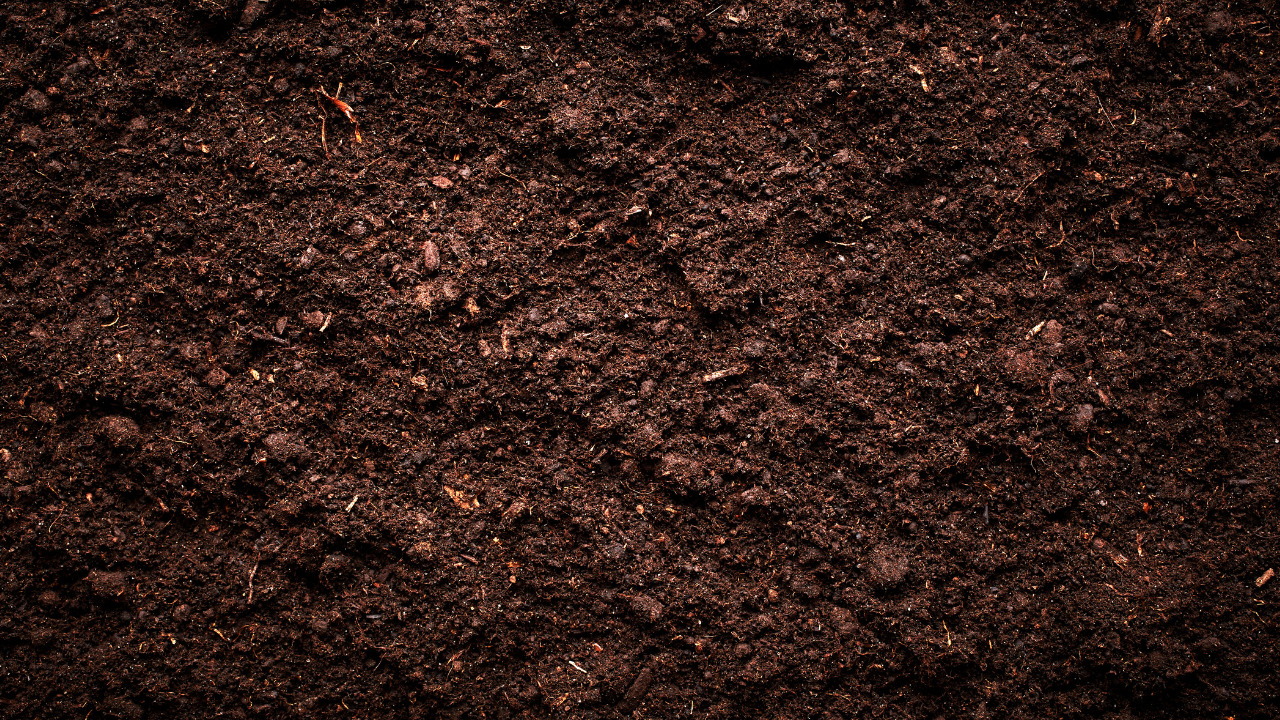
The soil must be slanted or graded. As a result, the center of the excavation site is slightly higher than the edges, encouraging water to drain off the future patio or walkway as it passes through the gravel.
Spray Water On The Soil

Just enough water should be sprayed on the soil to settle the dust. With this amount, you’ll be able to compact the dirt with a plate compactor or a hand tamper. A plate compactor has a huge plate that vibrates and compacts the soil when pushed across the ground.
A hand tamper has a considerably smaller steel plate and relies on you to pack the soil by pounding it against the ground.
Set Bars Along The Perimeter
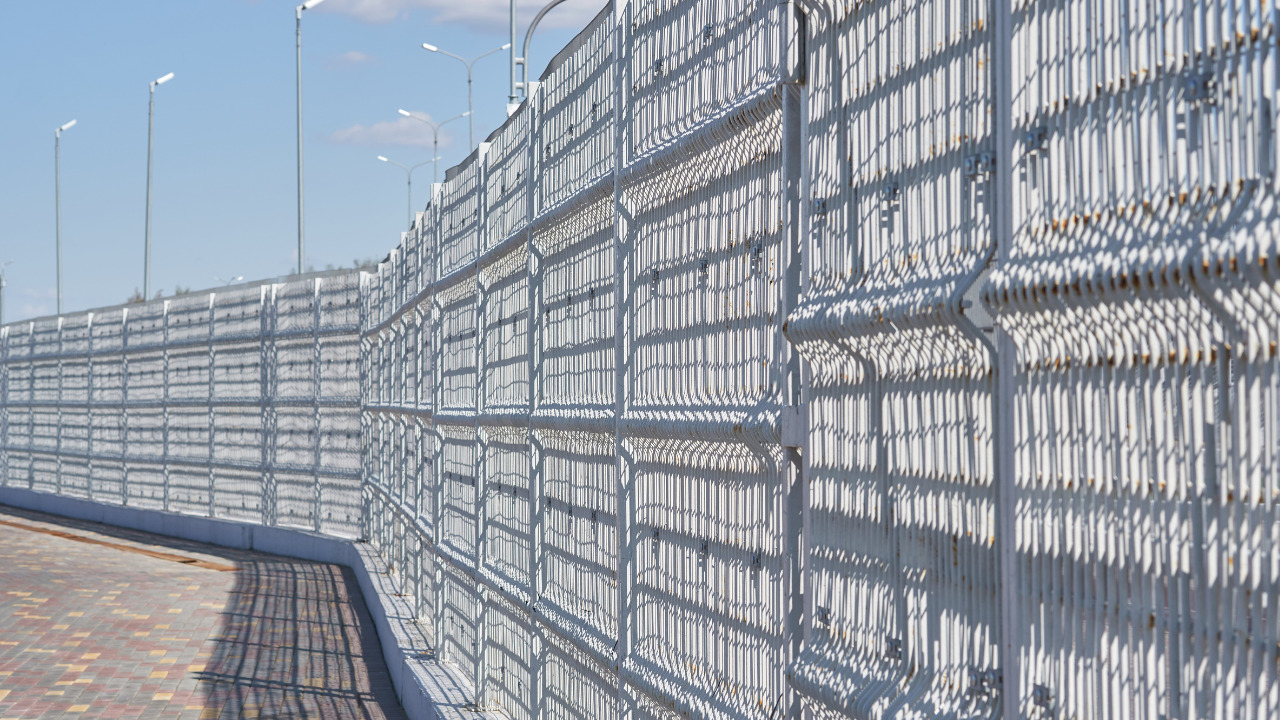
Place form boards around the perimeter where the concrete will be placed. Wet concrete must be held in place with form boards until it cures. Cover the soil with a flat layer of gravel. To verify for levelness, place a carpenter’s level on the gravel.
To make a stable basis, gravel pieces with uneven sides minus gravel lock together better than round gravel pieces. Gravel dust, which bonds the stones, should be included in the gravel even more.
Spray Water To settle The Gravel.

Lightly spray the gravel to settle the dust. Either a plate compactor or a hand tamper can be used to compact the gravel. Use a plate compactor to compact the gravel. Slowly move the plate compactor from side to side, east to west.
Switch directions and work from the opposite end of the plate compactor, which will run north to south.
Add Another Layer Of Gravel
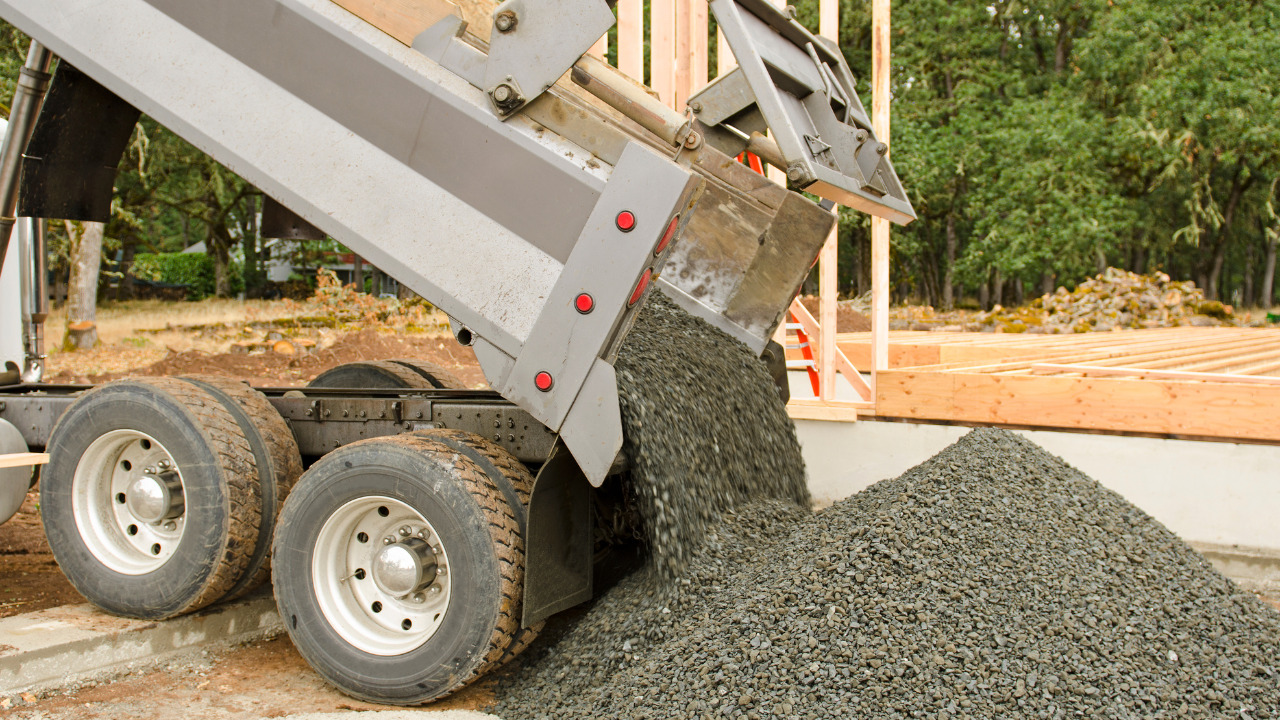
Over the first layer of gravel, spread another layer. A mist of water should be sprayed on it. Compact the second layer of gravel firmly using a plate compactor or a hand tamper. When finished, make sure the gravel layer is level.
Fill up low locations with gravel and pack it down to the same level as the rest of the gravel base.
How To Check The Compact Level Of Ground Before Pouring Concrete?
Proof-rolling, which involves driving a fully loaded vehicle across the subbases just before pouring the concrete to check for any spots that sink more than others, is the best approach to determine whether the subbase is correctly compacted and prepared for the slab.

The tires shouldn’t dig more than half an inch into the ground during this, and it should be done on some form of the grid pattern. Any portion of the subbase that has water rutting requires additional compaction or the addition of granular materials.
In the worst scenarios, water can be drained from sumps or trenches. You could also set up a moisture barrier before setting the concrete.
Frequently Asked Questions
What Is The Best Size Of Gravel For Concrete?
Two distinct groups of aggregates are used in concrete: coarse aggregates and fine aggregates. Both of them are excellent choices for concrete. The small aggregate is often any size less than 9.5mm, whereas the coarse aggregate is typically between 10.5mm and 39mm.
People frequently combine larger aggregates larger than the m&m diameter to have a decent concrete mix. Our greatest recommendation for what to utilize for your concrete mix is that most of them are a combination of crushed stone and sand. Rebar can occasionally be added to a mix to boost its strength.
What Is The Best Material To Use For A Slab Base?
Crushed stone comes in various sizes, the largest being about 37 mm, and is typically used by contractors. Any substance with an easy application that can aid drainage will be effective. A blend of crushed stone and stone dust is ideal for a simple application. If you want to avoid issues, the concrete slab must have a solid foundation.
Conclusion
Concrete pouring is a time-consuming and difficult task. However, everything meant to last a long time should be a labor of love. Add some gravel if you invest time and money in laying concrete. Throw some stiff foam and a vapor barrier on top while at it for further protection.





